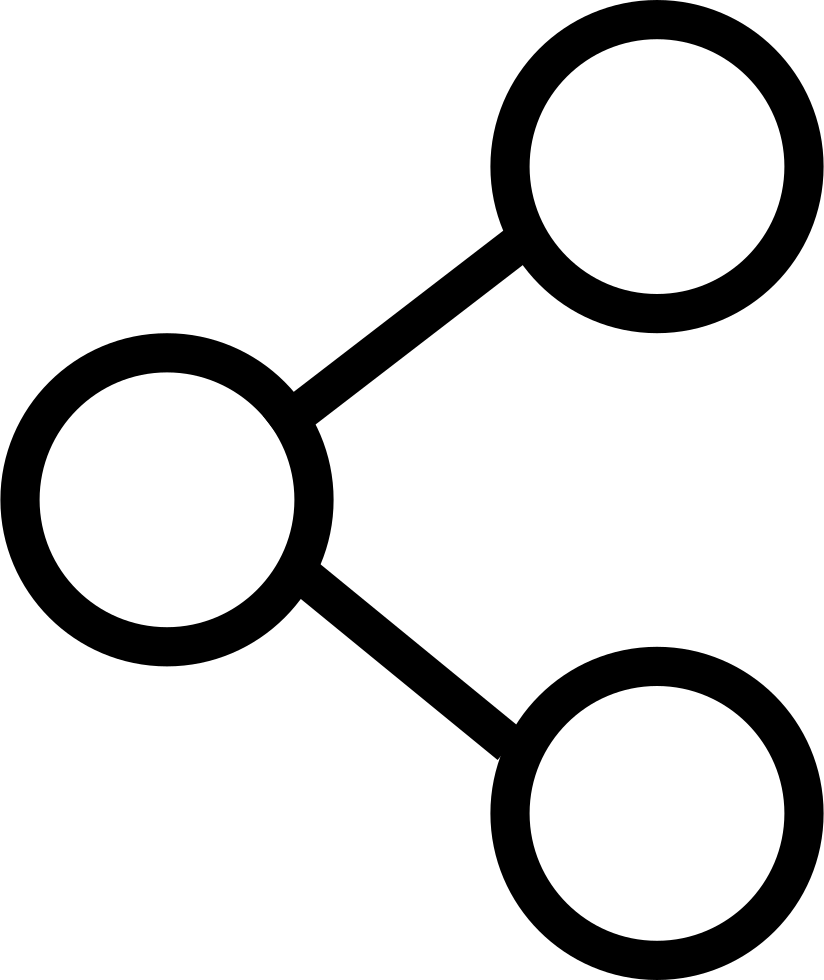
Are We Forgetting the Basics for the Next European Elections?
Security, disinformation, fake news, resilience, protection, cyber threats, cyber security, social networks, algorithms, bots, trolls, artificial intelligence, machine learning, hacking, micro-targeting...

Security, disinformation, fake news, resilience, protection, cyber threats, cyber security, social networks, algorithms, bots, trolls, artificial intelligence, machine learning, hacking, micro-targeting... If we were to generate the “word cloud” of the coming European Parliamentary Elections, those are the terms that would appear at the centre of the image.
And yet they are not the usual words in a traditional elections environment. Right until a few years ago, elections were about voting, candidates, campaign, participation, voter registration and results.
Well, welcome to the digitization era.
Digitization has affected almost every aspect of our daily lives. No matter your age, where you live, your upbringing or what you do for a living, our lives today cannot be understood without the use of technology.
While the benefits that the digital transformation has brought to modern society are undeniable, we are just starting to deal with its hugely complex challenges. Security and protection are currently at the core of those challenges. So is Elections Integrity.
For the past seven years, the threat to elections integrity has been growing. In this period cyberattacks on elections systems were reported in at least 18 countries, including in the EU[1]. And this is only the tip of the iceberg. Threats that manipulate voting behaviour such as disinformation or fake news, are another major concern whose mechanisms and consequences are not fully understood or quantified yet.
The European Commission, together with the Member States and the European Parliament are taking the lead in putting in place ambitious action plans to protect the integrity of our elections processes. Their work is focussing on three areas: raising awareness, increasing protection against cybersecurity incidents and fighting disinformation on line[2].
In summary, Governments and Elections Authorities are clearly focused on security, building confidence and showing that our elections are resilient.
Once this is accomplished, the next step has to be the adoption of technology that would align elections with our modern society digital transformation. In the current elections ecosystem, technology is perceived as a vulnerability and Electoral Authorities understandably are taking a conservative standpoint, putting on hold the implementation of innovative solutions for voting and counting.
What are the consequences of leaving Elections in a sort of sideway of the fast changing digital society mainstream?
To try to response to this question, let me come back to the European Elections example. Post 2014 European Elections socio-demographic analysis showed that digital natives (aged 15-24) and students (up to 39 years of age) abstention rates were as high as 72.2% and 64.8% respectively[3]. These segments of the voter population seem to be completely disengaged from the democratic process. Hence the need to adopt a digital language that allows reconnecting with the youth.
While the reasons for the high abstention rate in young population maybe complex, it is true that in the majority of European countries, the “voter’s journey experience” does not facilitate their engagement. Digital natives relate to their surrounding world through technologies that make their lives more convenient. In elections terms, the word “convenient” would translate into “omni-channel elections”. Being able to vote at any polling station in the district, via a secure remote voting channel, via mobile apps or through traditional postal voting should be part of the multiple options available to cast a vote. Moreover, the combination of these voting channels and the ability to swap between them is crucial to ensure the functioning of omni-channel voting.
How can Governments and Electoral Authorities balance the need to secure and protect our elections with the implementation of new voting and counting technologies more in line with the digital world?
Perhaps the EU has added value to provide here, given the sophistication of technology and threats, the large-scale investment required, and the need for certified voting solutions that would work equally across all member states. Additionally, an EU-led secure voting technology initiative would be aligned with the Digital Single Market strategy to give the confidence that Europe’s voters are expecting.
And it would definitely help bring our Elections in line with the twenty-first century.
[1]NIS Cooperation Group. “Compendium on Cyber Security of Election Technology” CG Publication 03/2018. July 2018
[2]Commission Recommendation on election cooperation networks, online transparency, protection against cybersecurity incidents and fighting disinformation campaigns in the context of elections to the European Parliament. A contribution from the European Commission to the Leaders' meeting in Salzburg on 19-20 September 2018. C(2018) 5949 Final (12.9.2018)
[3]European Parliament Directorate General for Communication. Public Opinion Monitoring Unit. Review- European and National Elections Figured Out. Special edition (November 2014) 2014 European elections










Add comment